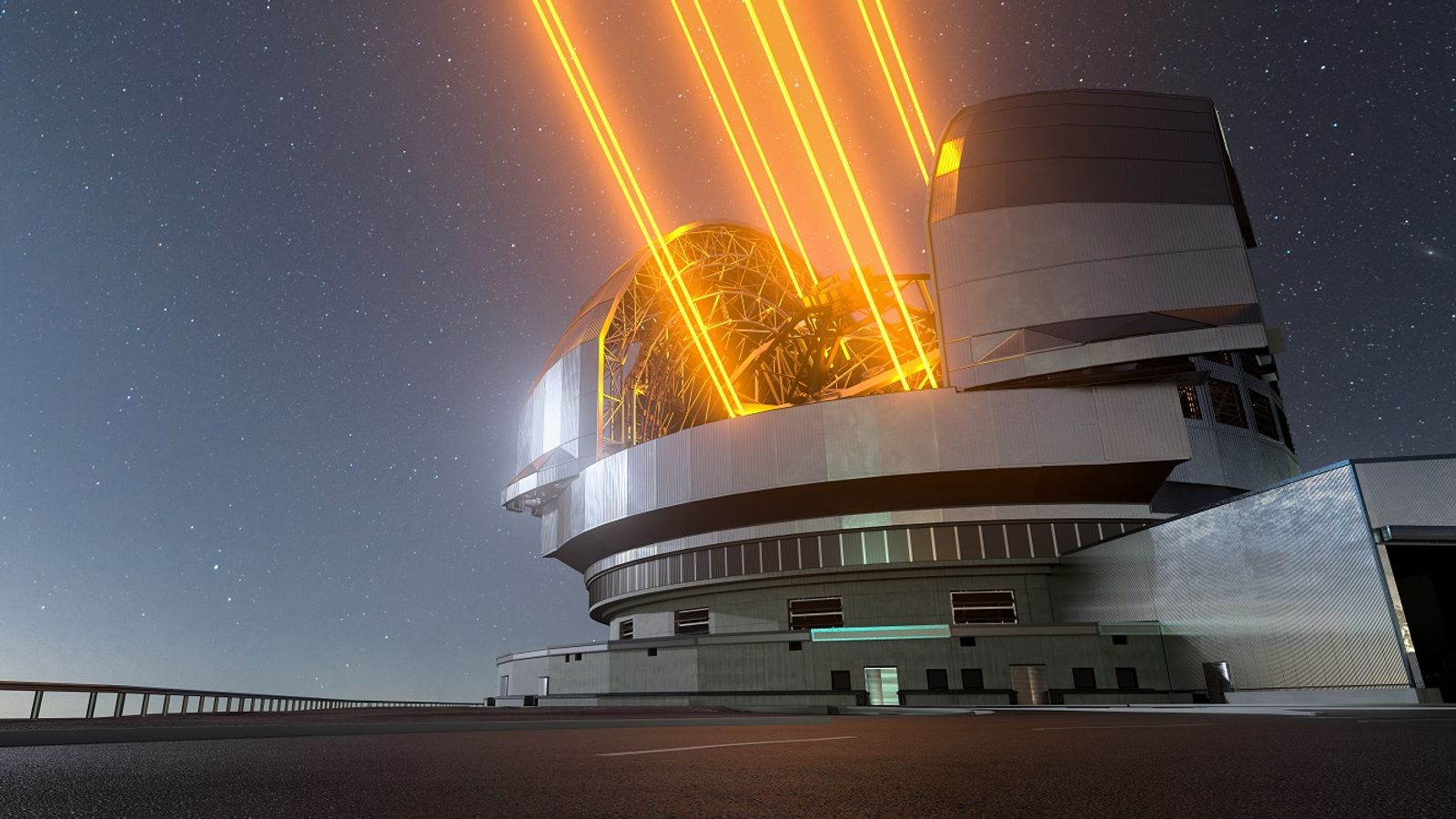Astrocomb breakthrough could help discover Earth-like planets
Researchers say the development could help them find a planet similar to our own that orbits a sun-like star.

New Earth-like planets could soon be discovered after scientists made a technological breakthrough.
Physicists have developed an astrocomb that can analyse the blue-green light emitted by stars.
Astrocombs can detect tiny variations in a star's light created by orbiting exoplanets (those beyond our own solar system) - potentially revealing one similar to Earth.
They have been mainly limited to the green-red part of the light spectrum, but the new system offers the chance to uncover even more space secrets.
The breakthrough was made by physicists at Heriot-Watt University in Edinburgh and Cambridge University.
"This is a really exciting development that will enable us to study smaller planets on longer orbits than ever before - with the aim of discovering the first 'Earth-like' planet orbiting around a nearby sun-like star," said Dr Samantha Thompson from Cambridge.
Heriot-Watt Professor Derryck Reid said the shorter wavelength light the new system can examine is "rich in the atomic absorption features of interest to astronomers".
"Our new approach for the first time provides a continuous sequence of optical markers from the ultraviolet to the blue-green that serve as a precision wavelength scale in this part of the spectrum," added Professor Reid.
The technology is being developed for the Extremely Large Telescope (ELT) under construction in Chile's Atacama Desert.
It will have a 39-metre primary mirror and be the largest visible and infrared light telescope in the world.
The UK team will also work on astrocombs for telescopes in South Africa and the Canary Islands.
-sky news







